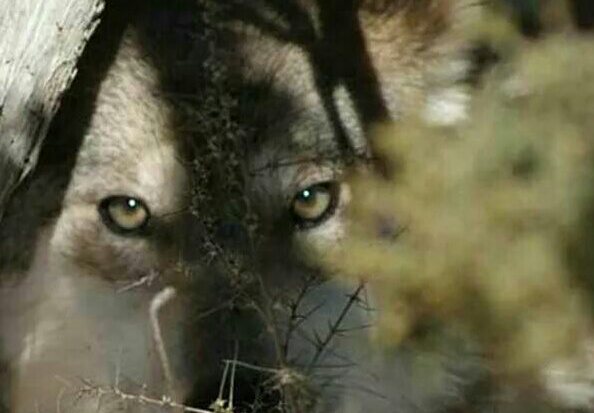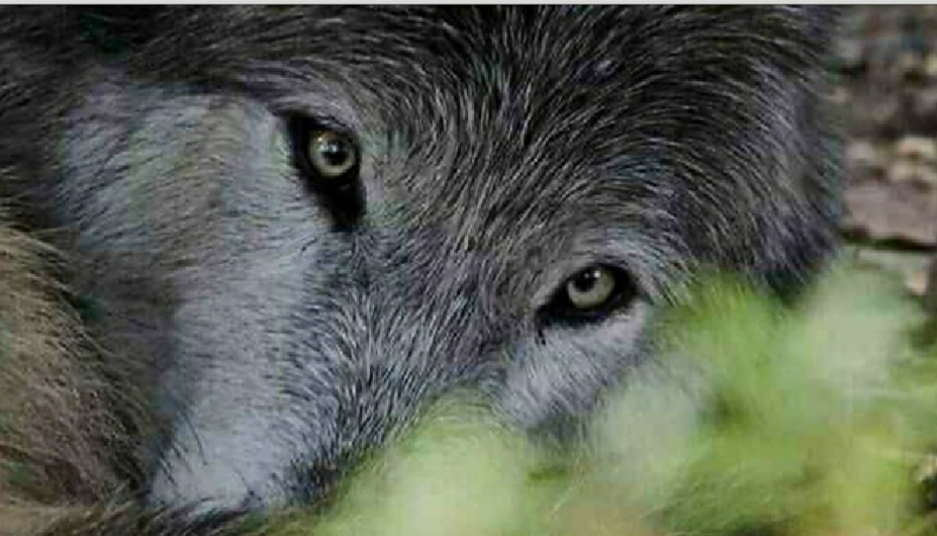Just 89 of these Alaskan wolves remain, really? Could there possibly be just 89 wolves left on Prince of Wales and accompanying islands?
No, there are not just 89 Alexander Archipelago Wolves on Prince of Wales and satellite islands, there are possibly only 50 which the Interior Department did not grant protection under the Endangered Species Act . Fish and Game reported an estimated population of 89 wolves on and around Prince of Wales in the fall of 2014.
This estimate did not account for the 29 wolves reported taken in the 2014/2015 winter hunting and trapping season (1/3rd of the entire population), nor did it account for any wolves illegally killed during that time or since, which studies indicate are substantial. The estimate also, obviously, does not include further unreported take nor does it include the 5 wolves reported to date (out of a quota of nine) taken this winter. Bear in mind it is nearly impossible to enforce such a small quota. This is evident from the quota for 2014/2015 being exceeded by 16% despite an emergency order closing the season. The smaller the quota, the greater the chances are of the quota being exceeded. This extremely low population estimate (50 to, at best and prior to this year’s season, 60 wolves is confirmed in this U.S. Forest Service briefing paper, which also notes the drastic decline in breeding female wolves, and I quote “The sex ratio of wolves in the survey area has become significantly skewed. In 2013 the proportion of females in the sampled population was close to 0.50. The proportion of females observed in the sample population for 2014 was 0.25.”
Remember this is data from 2014! Certainly it is safe to assume that the reason USFWS, during their field visit to over a dozen den sites this past spring, found only one active den with just one pup, is because there are barely any female wolves left!
Indeed, Data in the Alaska Department of Fish and Games’ report shows that, as of fall 2014, only 7 to 32 female Archipelago wolves remain. That is 7 to 32 female wolves in an approximate 2,600 square mile area, if all the female wolves were on Prince of Wales itself and not the accompanying islands. This would be possibly 1 breeding wolf per 371.4 square miles.
Then there’s the poaching.
On September 15, 2015 The Alaska Federal Subsistence Management Board released a statement regarding the hunt for these imperiled wolves in GMU 2. The ISC (Interagency Staff Committee) found significant illegal wolf harvest is occurring in Unit 2, and requested that the Subsistence Board direct the USFS and the USFWS to begin coordinated law enforcement efforts to ensure illegal take of wolves in Unit 2 is stopped, and that the local USFS manager had also requested additional law enforcement officer support in Unit 2 during the wolf hunting and trapping seasons. However with 3,000 miles of logging roads in the area, 580 alone in the Big Thorne timber project area, as well as habitat destruction from decades of logging, wolf poaching is rife and nearly impossible to curb.
But, don’t worry folks, the U.S.Fish and Wildlife Service believes there are plenty of Alexander Archipelago Wolves on Planet Earth, a whopping 850 to 2,700!! Note: This extremely wide range population estimate (with approximately 62 percent living in British Columbia where they can be hunted and 38 percent occupying southeastern Alaska) is evidence of their lack of knowledge about the species’ actual status.
The true culprit behind the lack of ESA protection for this imperiled species ~ logging. The Big Thorne timber sale.
Not just logging but more importantly, existing regulations (which have not been adhered to) with the failing taxpayer supported logging projects on Prince of Wales which have not provided adequate enough protection to ensure persistence of population numbers of this unique species. As noted in the U.S. Forest Service briefing paper, twice, the timber sales were of utmost importance and obviously outrank the persistence and survival of this species:
“A sixty percent decline in the wolf population in a single year potentially increases the probability of ESA listing and will almost certainly become a factor in ongoing litigation against timber sales critical to the Tongass Young-growth Transition Strategy (e.g., Big Thorne).” And: “It is expected that Plaintiffs in litigation against the Big Thorne timber sale will use these numbers to argue for judgement against the Forest Service based on potential additional harm to the wolf. Effects to wolves are one of the primary issues in litigation against the Big Thorne project. The Big Thorne EIS discloses that short-term adverse impacts on local wolf populations will result from project implementation.
Say Goodbye to the Alexander Archipelago Wolves on Prince of Wales and accompanying islands, and, for that matter….eventually on Planet Earth.
Copyright © 2015 [COPYRIGHT Intheshadowofthewolf, name and webpage]. All Rights Reserved.
No part of this publication may be reproduced or distributed in any form or by any means, or stored in a database or retrieval system, without the prior written permission of the publisher.


